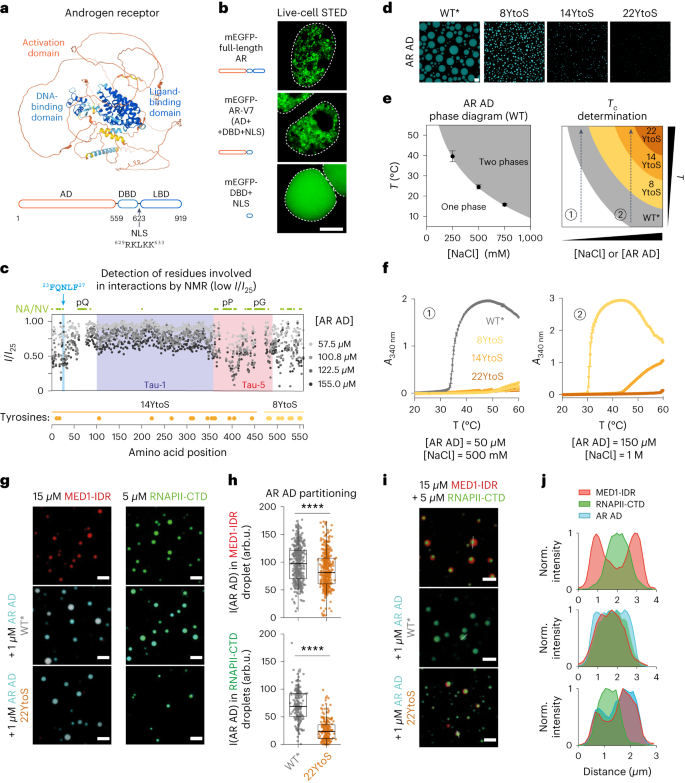2023-12-04 カロリンスカ研究所(KI)

Photo: Getty Images
◆特に家族歴のある人が青魚を摂ることで利益を得る可能性があり、血液中の脂肪酸測定は食事指標として信頼性があります。この研究は初めて家族歴と脂肪魚摂取の組み合わせの影響を明らかにし、新たな知見を提供しています。
<関連情報>
- https://news.ki.se/the-risk-of-cardiovascular-disease-can-be-reduced-by-eating-more-oily-fish
- https://www.ahajournals.org/doi/10.1161/CIRCULATIONAHA.123.065530
心血管疾患の家族歴に伴う心血管リスクの修正における多価不飽和脂肪の役割: 15の観察研究からのプールされたデノボ結果 Role of Polyunsaturated Fat in Modifying Cardiovascular Risk Associated With Family History of Cardiovascular Disease: Pooled De Novo Results From 15 Observational Studies
F. Laguzzi,A. Åkesson,M. Marklund,F. Qian,B. Gigante,T.M. Bartz,J.K. Bassett,A. Birukov,H. Campos,Y. Hirakawa,F. Imamura,S. Jäger,M. Lankinen,R.A. Murphy,M. Senn,T. Tanaka,N. Tintle,J.K. Virtanen,K. Yamagishi,M. Allison,I.A. Brouwer,U. De Faire,G. Eiriksdottir,L. Ferrucci,N.G. Forouhi,J.M. Geleijnse,A.M Hodge,H. Kimura,M. Laakso,U. Risérus,A.C. van Westing,S. Bandinelli,A. Baylin,G.G. Giles,V. Gudnason,H. Iso,R.N. Lemaitre,T. Ninomiya,W.S. Post,B.M. Psaty,J.T. Salonen,M.B. Schulze,M.Y. Tsai,M. Uusitupa,N.J. Wareham,S.W. Oh,A.C. Wood,W.S. Harris,D. Siscovick,D. Mozaffarian,K. Leander andFatty Acids and Outcomes Research Consortium (FORCE)
Circulation Published:4 Dec 2023
DOI:https://doi.org/10.1161/CIRCULATIONAHA.123.065530
Abstract
BACKGROUND:
It is unknown whether dietary intake of polyunsaturated fatty acids (PUFA) modifies the cardiovascular disease (CVD) risk associated with a family history of CVD. We assessed interactions between biomarkers of low PUFA intake and a family history in relation to long-term CVD risk in a large consortium.
METHODS:
Blood and tissue PUFA data from 40 885 CVD-free adults were assessed. PUFA levels ≤25th percentile were considered to reflect low intake of linoleic, alpha-linolenic, and eicosapentaenoic/docosahexaenoic acids (EPA/DHA). Family history was defined as having ≥1 first-degree relative who experienced a CVD event. Relative risks with 95% CI of CVD were estimated using Cox regression and meta-analyzed. Interactions were assessed by analyzing product terms and calculating relative excess risk due to interaction.
RESULTS:
After multivariable adjustments, a significant interaction between low EPA/DHA and family history was observed (product term pooled RR, 1.09 [95% CI, 1.02–1.16]; P=0.01). The pooled relative risk of CVD associated with the combined exposure to low EPA/DHA, and family history was 1.41 (95% CI, 1.30–1.54), whereas it was 1.25 (95% CI, 1.16–1.33) for family history alone and 1.06 (95% CI, 0.98–1.14) for EPA/DHA alone, compared with those with neither exposure. The relative excess risk due to interaction results indicated no interactions.
CONCLUSIONS:
A significant interaction between biomarkers of low EPA/DHA intake, but not the other PUFA, and a family history was observed. This novel finding might suggest a need to emphasize the benefit of consuming oily fish for individuals with a family history of CVD.


